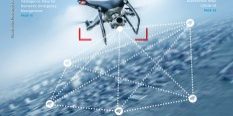Machine Learning Weather Prediction
Machine learning (ML) is revolutionizing weather forecasting because it can identify complex patterns in vast amounts of weather data. It provides accurate predictions, fast updates, and the ability to capture subtle details that traditional methods might miss, all while being computationally efficient compared to traditional modeling. In the last 24 months, there have been four…






















